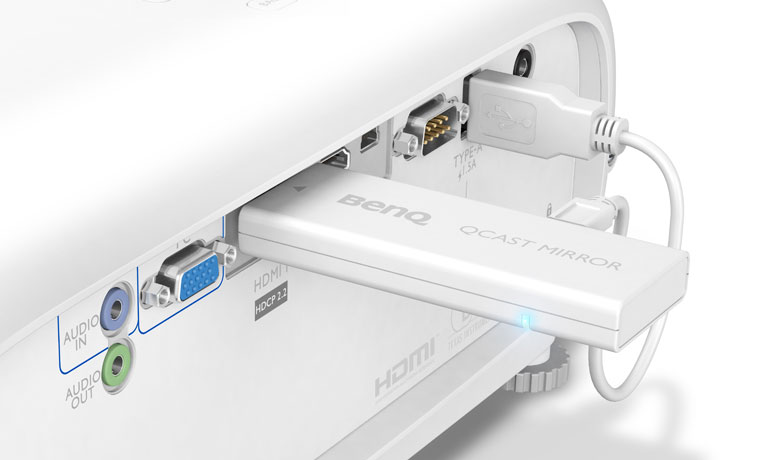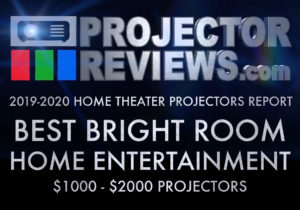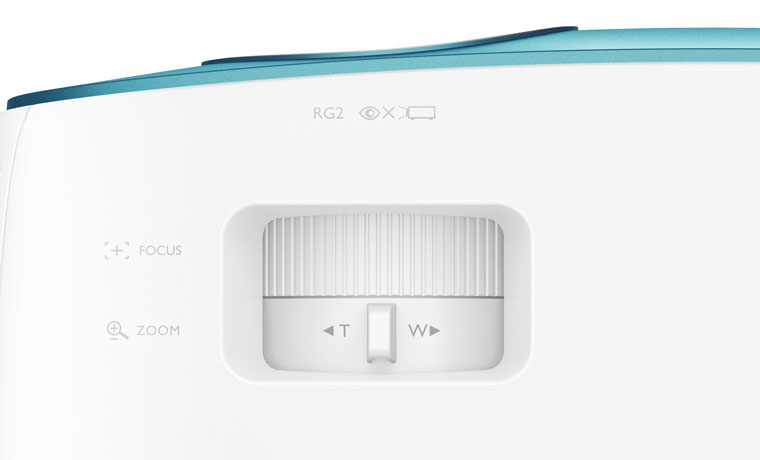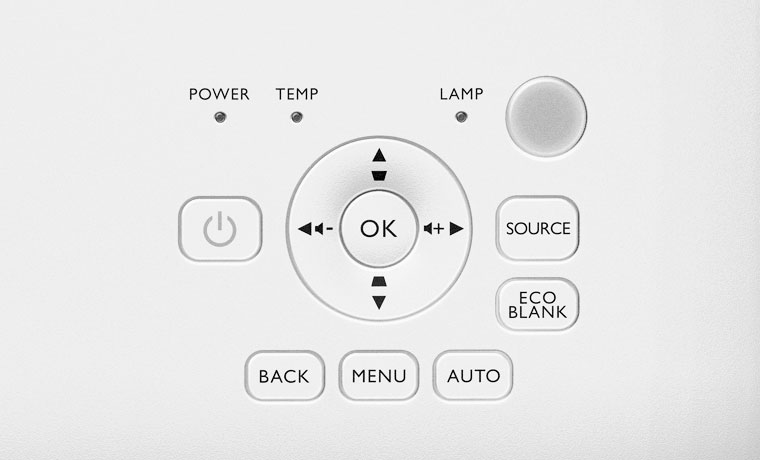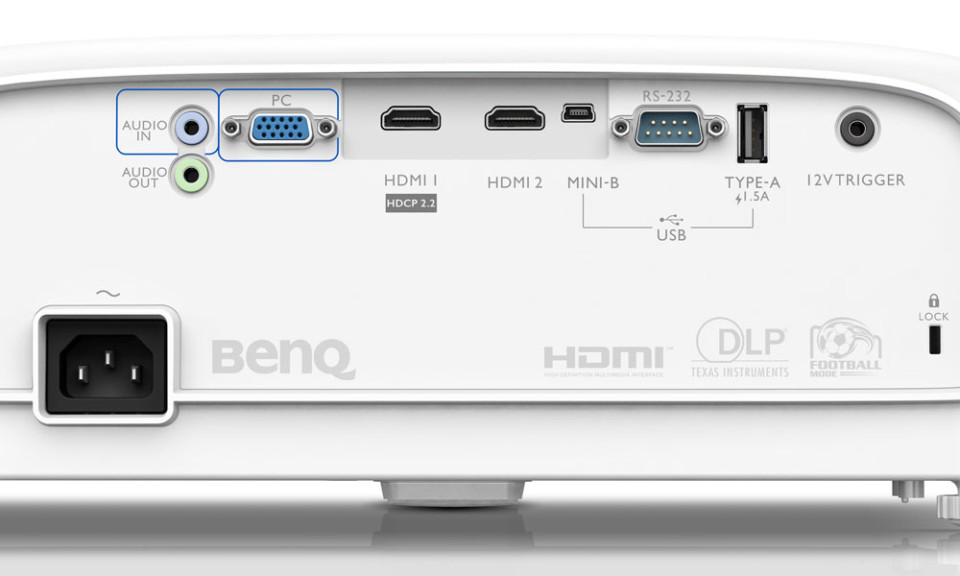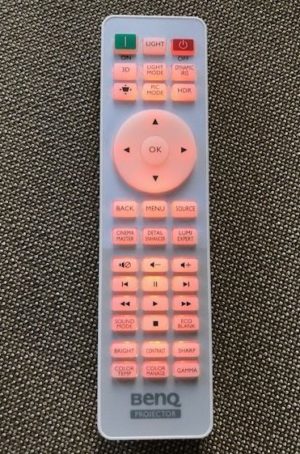The TK800M is touted as a "sports projector," with a dedicated picture mode for football and other sports. It offers a peak light output of 3000 lumens, though it will almost certainly be less after calibration. Thanks to a new RGBW color wheel, the color gamut has been increased from 92% to 96% of BT.709, resulting in slightly more vivid colors than before. Of course, it can't be considered to produce "wide color gamut," since it does not exceed BT.709. Also, the white segment in the color wheel punches up the brightness at the expense of black level. Still, both features allow the image to stand up to plenty of ambient light, which is perfect for your next game-day gathering.
Like all single-chip DLP projectors, the TK800M has no inherent alignment issues whatsoever. By contrast, LCD and LCoS projectors use three imaging panels, which are prone to misalignment that can soften the image. Also, its optical system uses a new 7-element, 4-group, all-glass lens with low-dispersion coatings to minimize chromatic aberration. Together, these components are said to produce razor-sharp images.
3D might be gone from new flat-panel TVs, but it's still going strong in projectors. Whereas the TK800 required manual setup of 3D over-under and side-by-side timing, the TK800M automatically selects the correct timing for 720p and 1080p at 50 and 60 Hz (side-by-side) and 1080p at 50 and 60 Hz (over-under). It can also display frame-sequential 3D up to 720p at 120 Hz and frame-packed 3D up to 1080p at 24 Hz.
The onboard audio system on most projectors is a joke, but BenQ has devoted some attention to it in the TK800M. The speaker incorporates an aluminum diaphragm with neodymium magnet inside a resonant chamber to enhance both ends of the sonic spectrum. A 5-watt amplifier drives the speaker, while custom-tuned sound modes and exclusive EQ algorithms enhance the sound quality even further.
Of course, the single speaker can produce only mono sound, whereas some competitors offer stereo or even stereo with surround effects. Still, no onboard audio system can compete with an external system, especially in the bass department, but the TK800M can serve up better sound than many projectors in a pinch.
If a projector can't be positioned so it's vertically aligned with the screen, the image is distorted into the shape of a trapezoid rather than the desired rectangle. The TK800M provides automatic vertical keystone correction that solves this problem, but I strongly recommend avoiding any keystone correction if at all possible, because it reduces the sharpness of the image.
Unfortunately, the TK800M offers no lens shift, which is a far better solution to problematic placement than keystone correction. Lens shift is uncommon in projectors at this price, though the HT3050 1080p model does offer vertical lens shift for $850, so it's a bit strange that the TK800M does not.
One feature that's missing from the TK800M—and, to be fair, most other projectors—is a suite of built-in streaming apps that can be found in so-called smart TVs these days. Optoma and LG offer "smart projectors" with streaming apps, but this is still fairly rare. Of course, most folks get their online content from a streamer such as Roku or Amazon Fire TV, which can easily be used with the TK800M.

